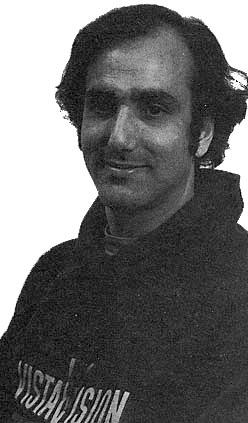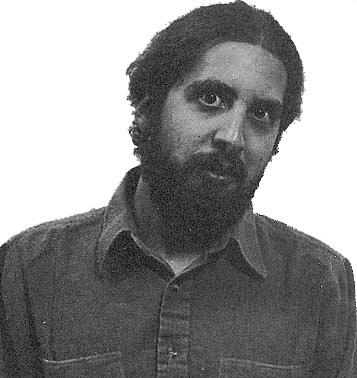|
"Ron Gilbert, who is our Commodore programmer, we hired expecting him to do a fairly straight conversion, but early on he became involved in the design process and one thing that we're very proud of is that the actual program was identical for very large parts of Koronis. Since we use all the same development system here, we actually used the same files and identical programs for most of the internal parts of the game and even a fair amount of the graphics." "Really, all that we had to do that was specifically different was when you get down to the very lowest level of drawing the pixels on the screen. That helped us a great deal, particularly later on, because it became very easy to add some new software and new changes, that it was just a matter of a few minutes work usually to adapt them over to the other machines once they had been written for one machine. By the end, chunks were being written first on the Commodore and first on the Atari and swapped back and forth interchangeably." Noah worked only worked on Koronis Rift as Gary discovered when asking him about his overall involvement with the company. |
 Noah Falstein -- Project Leader for Kronis Rift, a designer with a wide sense of vision. |
|
"No, I came in just at the end of the development cycle for Rescue and Ballblazer, and I helped a very minor amount with some of the testing and the polishing. But really about the only credit I can take for it is that I get to have my picture in the back of the Rescue manual, and that's about it." Of course no game's development is complete without a game testing session. Noah explained the procedure to our man with the mouthpiece. "Well, we test them first internally in that we have available people who will come in and our coworkers will pilot them and take a look at them. And also Epyx, who did our domestic marketing and production, provided some playtesters for us. Some kids who'd played their games and had sent in the cards expressing an interest to help, and they brought them in for -- I guess for Koronis we had two sessions." |



